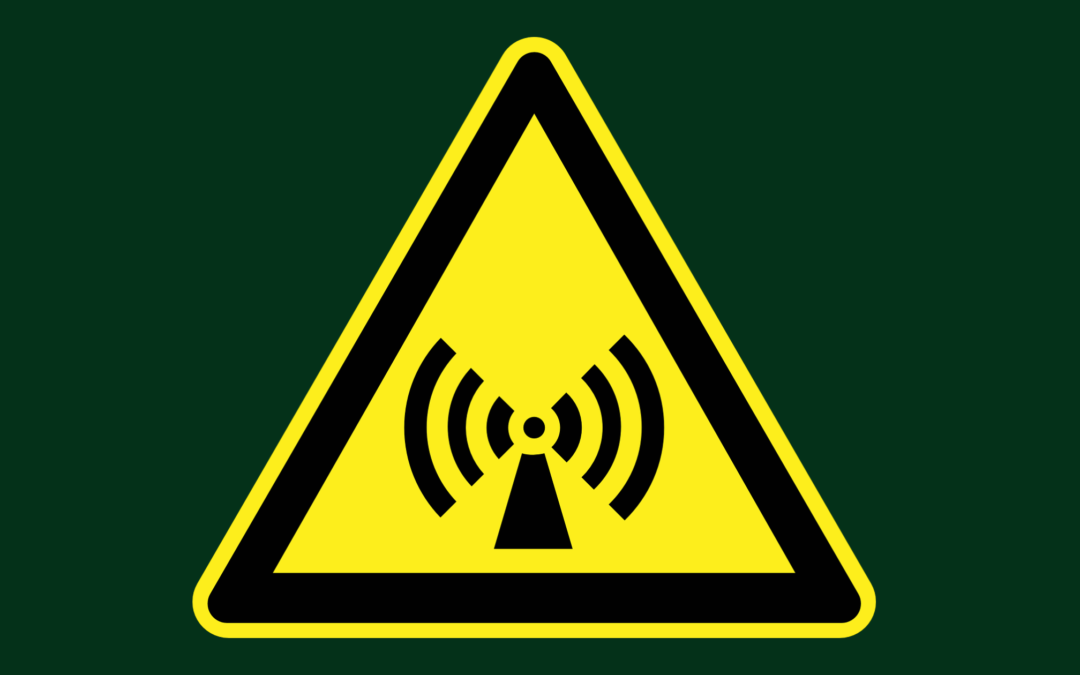Electromagnetic fields are generated whenever electrical energy is used. The main piece of legislation which deals with electromagnetic fields is the European Parliament Directive 2013/35/EU of 26th June 2013 which sets out the minimum health and safety requirements regarding the exposure of workers to the risks arising from physical agents (electromagnetic fields). This directive also provides guidelines regarding the EMF hazards at workplace. It has been transposed into Irish Law by the Safety, Health and Welfare at Work (Electromagnetic Fields) Regulations 2016 (S.I. No. 337 of 2016).
The directive sets out exposure limit values, based on biophysical and biological considerations, to protect workers from adverse health and sensory effects. It also contains action levels to identify when relevant protection or prevention measures should be taken. The effects of exposures to electromagnetic radiation can vary depending on the frequency of the field, exposure time and distance to the source of exposure. These effects can include an impact on the bodies central nervous system or a rise in body temperature, although in most cases these effects are rare. Shielding on equipment and adequate earthing and bonding of the equipment are two potential control measures to which can reduce the effects of EMF exposure.
Workers at particular risk of Electromagnetic Fields Exposure
The following groups are considered as persons at greater risk and therefore they should be advised not to work on or near transformers, generators, high tension electrical installations, degausses and ESB compounds.
- Employee with active internal medical devices (AIDM’s) (Pacemakers, insulin pumps, implants)
- Employee with passive medical devices (Plates, joints, etc)
- Employee wearing body worn medical devices
- Pregnant workers
The following items are considered to be of high EMF hazard, and it is recommended by the ICNIRP to eliminate or limit the usage of such equipment at workplace:
- Use of dielectric heating equipment
- Use of induction heating equipment
- X-Ray equipment
- High density magnetic data removal machines
The International Commission on Non-Ionizing Radiation Protection (ICNIRP) provides guidelines which are generally recognised as best practices for protection against EMF radiation. The ICNIRP adopts similar exposure and action levels to those outlined in the directive.
Occupli Consultancy specialists provide practical solutions and advice to all our clients in all areas of Electromagnetic Fields. Our team work to legislative requirements and benchmark against industry best practice to produce assessments for our clients. Occupli Consultants have carried out EMF risk assessments in a range of different industries which include the medical devices, pharmaceutical and manufacturing and many more.
If you require EMF services, reach out to our team of consultants here.

